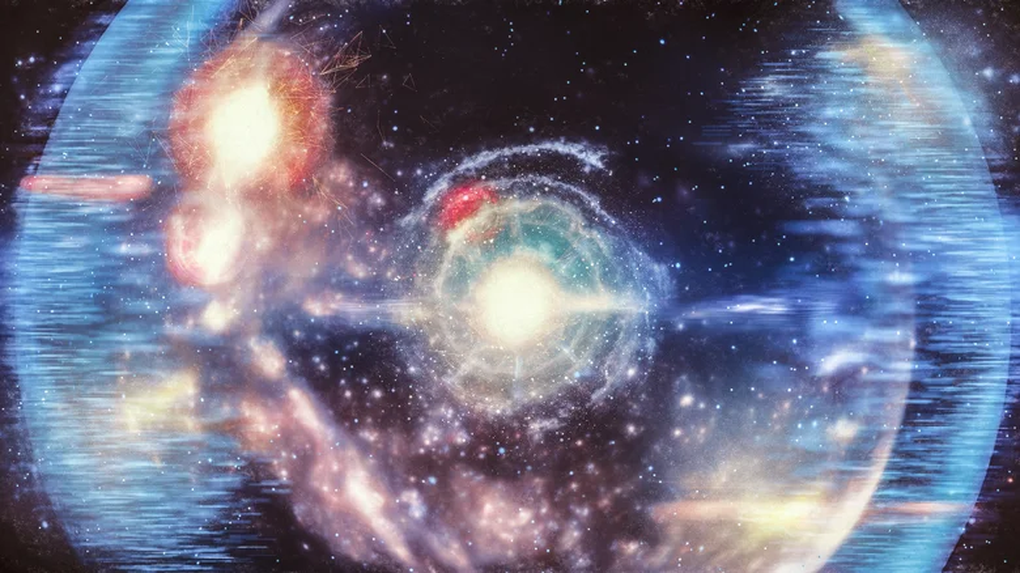
For decades, scientists have relied on the inflationary universe theory to explain how the universe began and why it looks the way it does today. The theory holds that, just seconds after the Big Bang, the universe expanded at an unimaginable rate.
Despite its widespread support, the theory still faces a key problem: no one knows exactly what caused the Big Bang. Many hypotheses have been put forward, but so far there has been no convincing explanation.
From there, a group of researchers decided to find an answer to the origin of the universe at the most basic level. They came up with a bold idea: gravitational waves could be the key to unlocking the Big Bang.
The study, published in July 2025 in the American Physical Society’s journal Physical Review , titled “Inflation Without Expansion,” was conducted by four scientists to propose a new Big Bang model that could explain the formation of the universe without relying on the assumption of mysterious matter particles.
The universe could end in three ways: freezing, tearing apart, or collapsing ( Video : Space).
Tiny ripples in space-time, called gravitational waves, may have created the initial oscillations that gave rise to galaxies and stars, according to the team.
Calculations show that this process fits well with astronomical observational data, and explains the transition from a period of rapid expansion to the energetic radiation-filled period of the universe as we know it today.
In short, this model offers the possibility of explaining the expansion of the universe without postulating any new particles, opening up a completely different approach to understanding the origin of the universe.
How did this model come about?
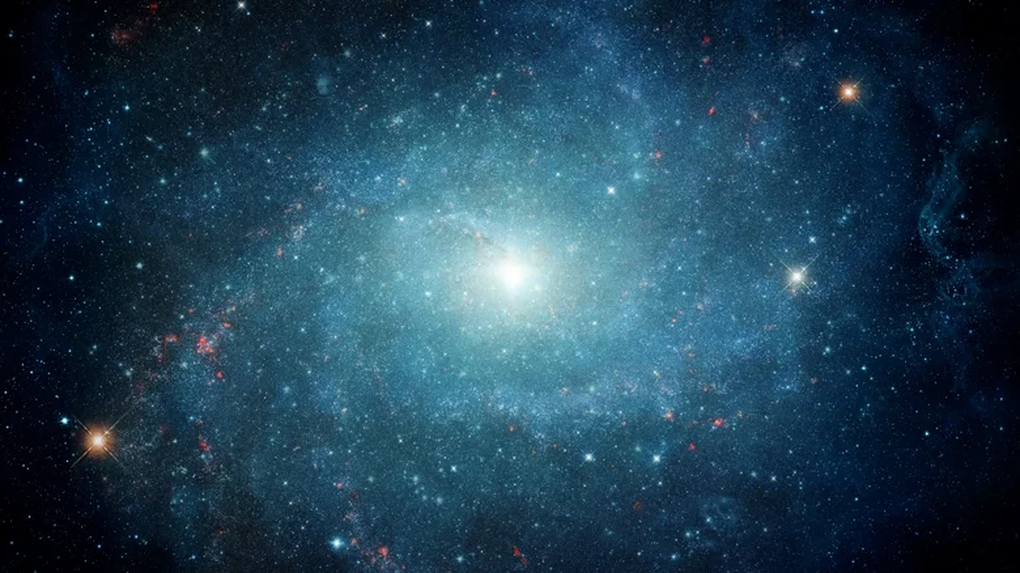
Scientists have taken a different path by turning to quantum physics rather than continuing to rely on traditional cosmological models. They focus on explaining how tiny ripples in space-time, known as gravitational waves, can naturally create density fluctuations that form the structure of the universe today.
These ripples, the team suggests, could be a second-order effect of gravitational waves themselves, which then become ubiquitous, helping to shape stars, galaxies, and everything we observe in the night sky.
They also considered the inherent instability of the early universe and hypothesized that the universe could have existed twice as long as currently estimated. That instability, the team suggests, could have caused the expansion to end, leading the universe to become a radiation-filled state, as we see it today.
Professor Daniele Bertacca (University of Padova, Italy), co-author of the work, said: "The theory based on gravitational waves instead of the expanding universe could be the key to decoding the origin of the universe."
Implications for future Big Bang models
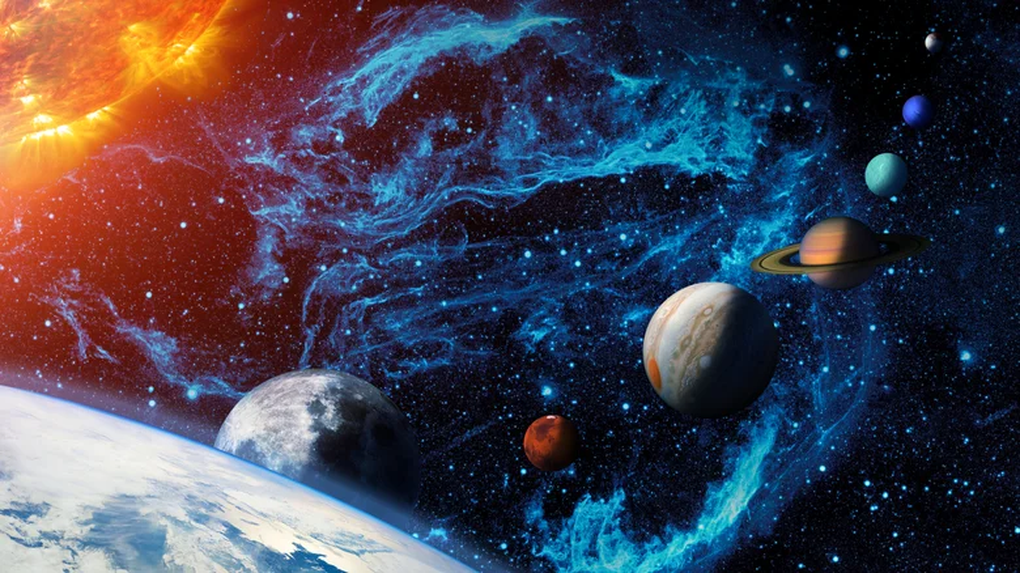
The new model focuses on ripples in space-time that could have triggered the formation of galaxies and cosmic structure, and is consistent with what humans observe in the universe today, the researchers said.
If future observations and data continue to confirm the model, it could be a groundbreaking discovery in understanding the Big Bang theory and the origin of the universe.
Professor Raúl Jiménez, University of Barcelona (Spain), head of the research team, emphasized that it is the combination of deep understanding of gravity and quantum physics that helps strengthen the feasibility of the model. According to him, this new theory does not need to assume the phenomenon of cosmic expansion, but is still capable of explaining existing structures.
“The model is built in a simple, clear way, providing a solid framework for future testing and predictions,” he said.
Professor Daniele Bertacca (University of Padova, Italy) added that this model is of particular value to the field of cosmology.
“Like any theoretical model, we need to validate it with verifiable measurements and observations, from experimental data on Earth to space observations,” he said. “These gravitational ripples interact, increasing in complexity over time and producing predictions that can be compared with real data.”
Source: https://dantri.com.vn/khoa-hoc/mo-hinh-hoan-toan-moi-giai-thai-nguon-goc-cua-big-bang-20251024000138373.htm




![[Photo] General Secretary To Lam receives the Director of the Academy of Public Administration and National Economy under the President of the Russian Federation](/_next/image?url=https%3A%2F%2Fvphoto.vietnam.vn%2Fthumb%2F1200x675%2Fvietnam%2Fresource%2FIMAGE%2F2025%2F12%2F08%2F1765200203892_a1-bnd-0933-4198-jpg.webp&w=3840&q=75)



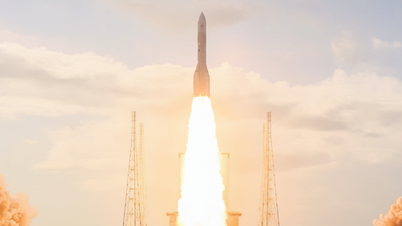



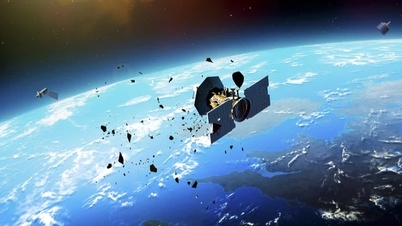
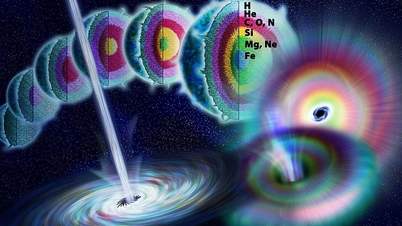
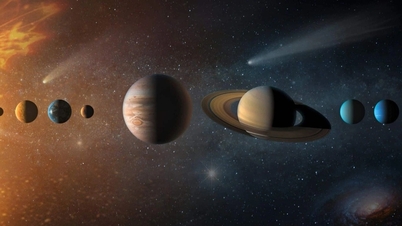








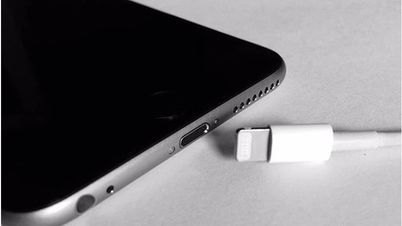



























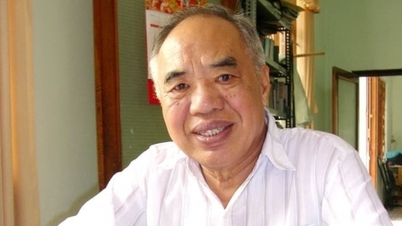







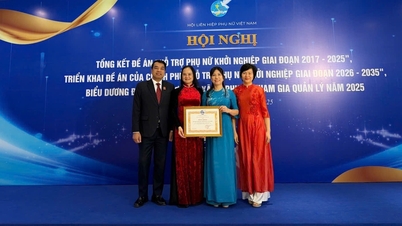





















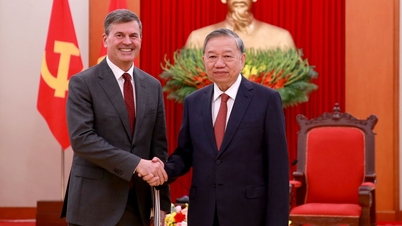

































Comment (0)